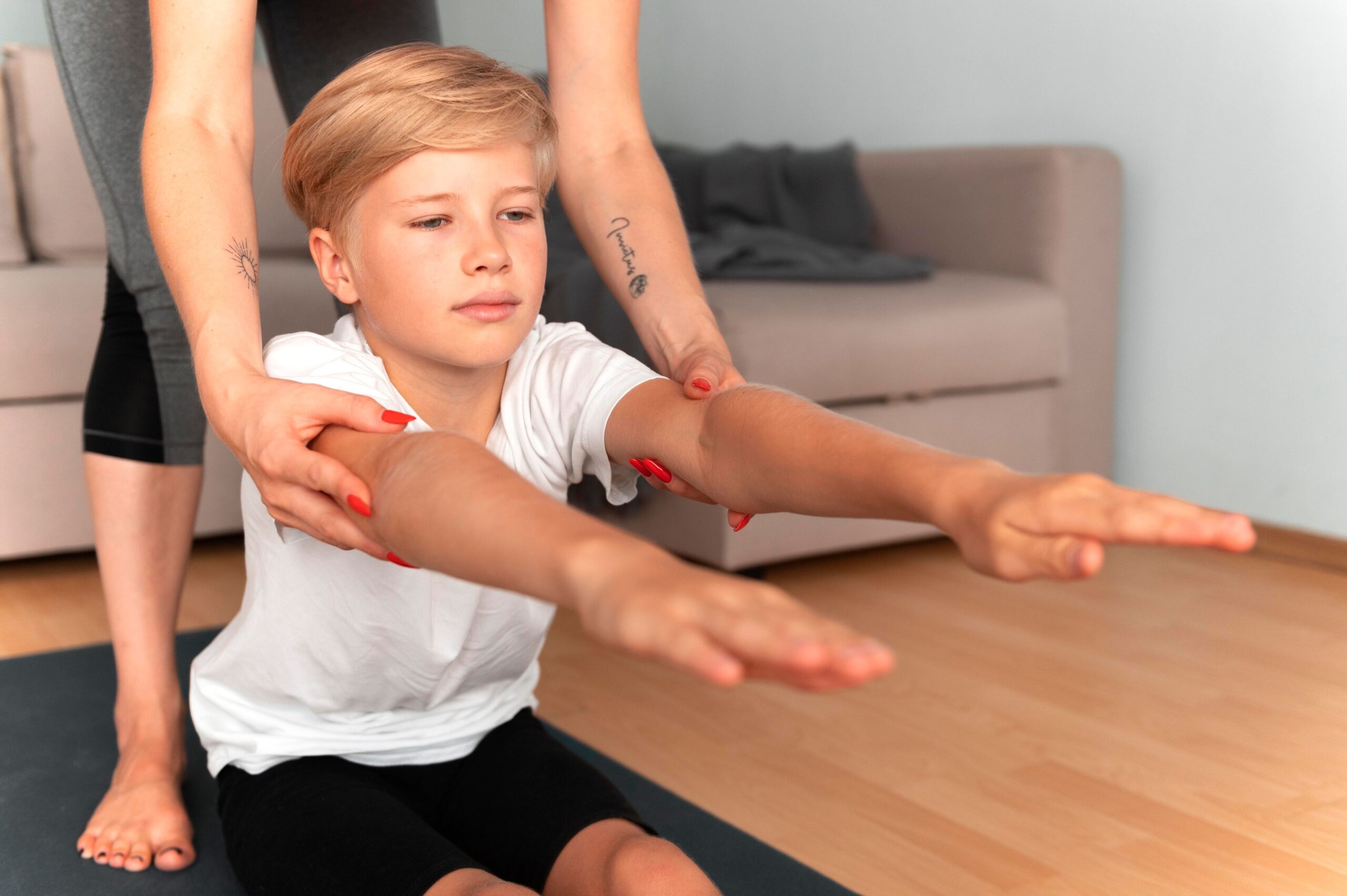
Every child gets rashes. Most are harmless and go away on their own. But sometimes, small purple spots on the legs and buttocks may be more than a simple skin reaction. When these spots appear together with joint pain or stomach aches, it may point to a condition called Henoch– Schönlein purpura (HSP).
Important: Purpura—purple or reddish spots that do not fade when pressed—can also be a sign of life-threatening illnesses, such as meningococcal sepsis or blood clotting disorders. If your child has a purpuric rash along with fever, drowsiness, or signs of serious illness, seek emergency medical attention immediately
HSP is one of the more common and usually mild causes of purpura in children—but a doctor must always rule out the dangerous ones first.
What Is HSP?
Henoch–Schönlein purpura is a disease where small blood vessels become inflamed and leaky. It typically affects the skin, joints, intestines, and sometimes the kidneys. The condition is usually triggered by a recent infection, often a sore throat or cold, and is more common in boys and children aged 3 to 10.
Despite its serious-sounding name, most cases are mild and get better without lasting problems.
What Are the Symptoms?
The most recognizable feature is a purplish rash (called purpura), often found on:
- The legs, especially below the knees
- The buttocks
- Sometimes the arms or face
Other symptoms may include:
- Joint pain or swelling, especially in the knees and ankles
- Abdominal pain, sometimes with vomiting or blood in the stool
- Kidney involvement, which may be silent (only visible on urine tests)
The rash is caused by tiny amounts of blood leaking under the skin from inflamed vessels.
Important: Henoch–Schönlein purpura (HSP) is a small-vessel vasculitis that causes a distinctive purpuric rash, typically on the legs and buttocks, along with joint pain, abdominal pain, and sometimes kidney involvement. While most cases are self-limiting, serious complications can occur, including bowel intussusception (a type of intestinal blockage) or kidney inflammation. If your child with HSP develops severe belly pain, vomiting, blood in the stool or urine, swelling, or decreased urination, seek prompt medical evaluation. Regular follow-up is also needed to monitor kidney function in the weeks and months after diagnosis.
How Is It Diagnosed?
There is no single test for HSP. Diagnosis is usually based on:
- The characteristic rash
- Associated symptoms (joint, abdominal, or kidney involvement)
- Recent infection history
Blood and urine tests help rule out other conditions and monitor organ function. In rare cases, a skin or kidney biopsy may be done.
How Is It Treated?
Most children with HSP do not need specific medications and recover with rest and simple pain relief (e.g. paracetamol). However:
- Corticosteroids may be used in severe abdominal pain or kidney inflammation
- Children are monitored with regular urine tests and blood pressure checks for several weeks or months
Hospitalization is needed in some cases, especially if there are complications in the gut or kidneys.
What’s the Outlook?
The good news is that most children make a full recovery within 4–6 weeks. However, because kidney involvement can be silent at first, follow-up is important. A small percentage of children may have recurrences or require longer-term kidney care.








